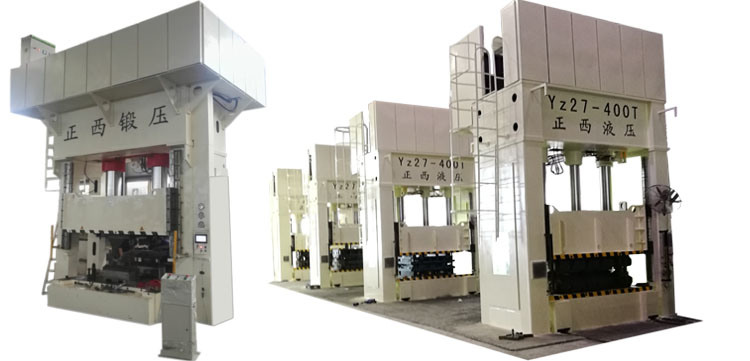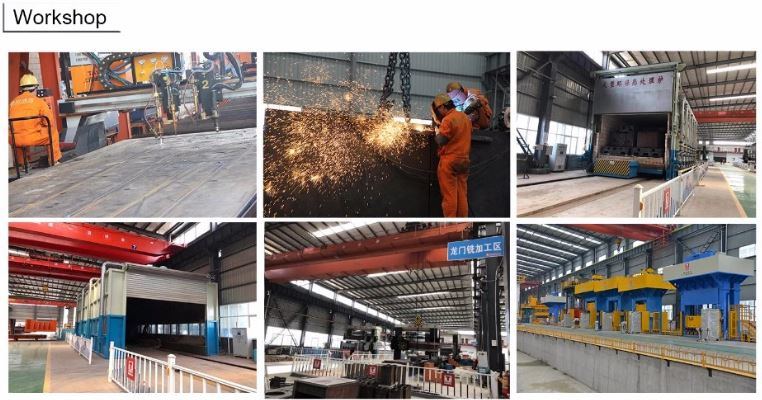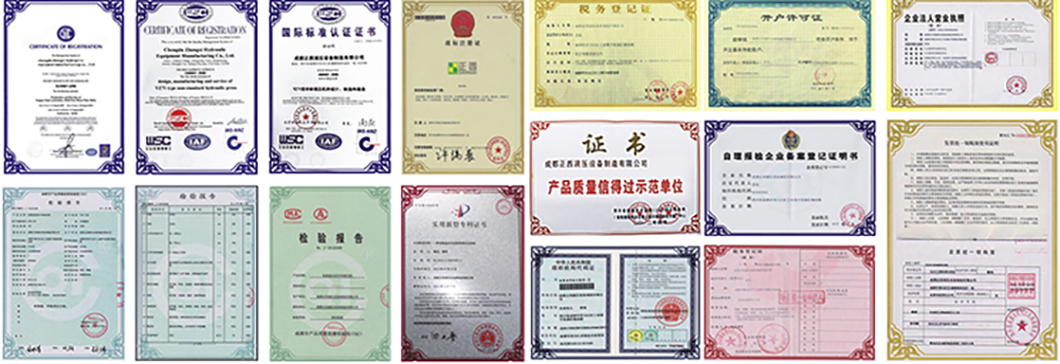

Building a stainless steel product from scratch is a complex process that involves multiple stages of engineering, precision, and technology. While many people use stainless steel products daily, few understand the intricate steps behind their creation. The manufacturing process of stainless steel is not only fascinating but also highlights how far we've come in material science since the Industrial Revolution. Here are the six most important steps involved:
1) Material Handling
Uncoiler: This machine holds and uncoils steel strips at the beginning of the production line. It controls the speed and direction of the metal as it moves through the process, ensuring smooth operation for further processing like slitting or tube mill entry.
2) Forming
Deep Drawing Press: In this stage, semi-finished steel shapes are formed into various structures. Stainless steel is often hot-rolled, which allows it to be shaped into bars, wires, plates, or sheets. Bars are especially versatile due to their availability in different grades and sizes, suitable for a wide range of applications.
3) Heat Treatment
Annealing Furnaces: During heat treatment, stainless steel is heated and cooled in a controlled environment to relieve internal stress and improve its properties. This step is crucial for enhancing the material’s durability and performance, and any mistake in temperature or timing can lead to defects.
4) Descaling
Pickling: After annealing, scale forms on the surface of the stainless steel. Pickling is a common method used to remove this scale, ensuring a clean surface before further processing.
5) Cutting and Punching
This step involves cutting the treated stainless steel into specific shapes using mechanical tools like guillotine knives, blanking machines, or high-speed blades. It's also where features like tap holes and overflow channels are created.
6) Finishing and Polishing
Polishing Machine: The final step ensures the stainless steel product achieves a smooth, aesthetically pleasing finish. Polishing improves both appearance and functionality, making it ideal for sanitary and industrial applications.
Hydraulic Press 4 Column Hydraulic Sheet Metal Deep Drawing
Features
1. Utilizes hydrostatic pressure to process materials such as metal, plastic, rubber, wood, and powder.
2. Widely used in forging, stamping, cold extrusion, bending, flanging, sheet metal deep drawing, and press-fit operations.
3. Offers technical and economic benefits, including reduced weight, fewer parts and molds, improved strength, and lower production costs.
SPECS of Yz33
| Model | Unit | Yz33-25T | Yz33-50T | Yz33-63T | Yz33-100T | Yz33-160T | Yz33-250T | |
| Clamping Force | KN | 250 | 500 | 630 | 1000 | 1600 | 2500 | |
| Working Layer | Qty | 2~4 | 2~4 | 2~4 | 2~4 | 2~4 | 2~4 | |
| Piston Stroke | mm | 180 | 250 | 250 | 250/250 | 250/250 | 500 | |
| Heating Platen Daylight | mm | 90 | 125 | 125 | 125 | 125 | 125 | |
| Heating Platen Size | Left-right | mm | 350 | 400 | 500 | 600 | 750 | 900 |
| Front-back | mm | 350 | 400 | 500 | 600 | 850 | 900 | |
| Heating Plate Power | KW | 1.5 | 2.2 | 3 | 7.5 | 11 | 15 | |
| Motor Power | KW | 7.2 | 9 | 10.8 | 33.75 | 45 | 45 | |



Certificate
Hex Bolt,Hexagon Bolt,Hexagon Head Bolt,High Strength Bolts
Suzhou Chenran Precision Fasteners Co., Ltd. , https://www.chenranfastener.com
